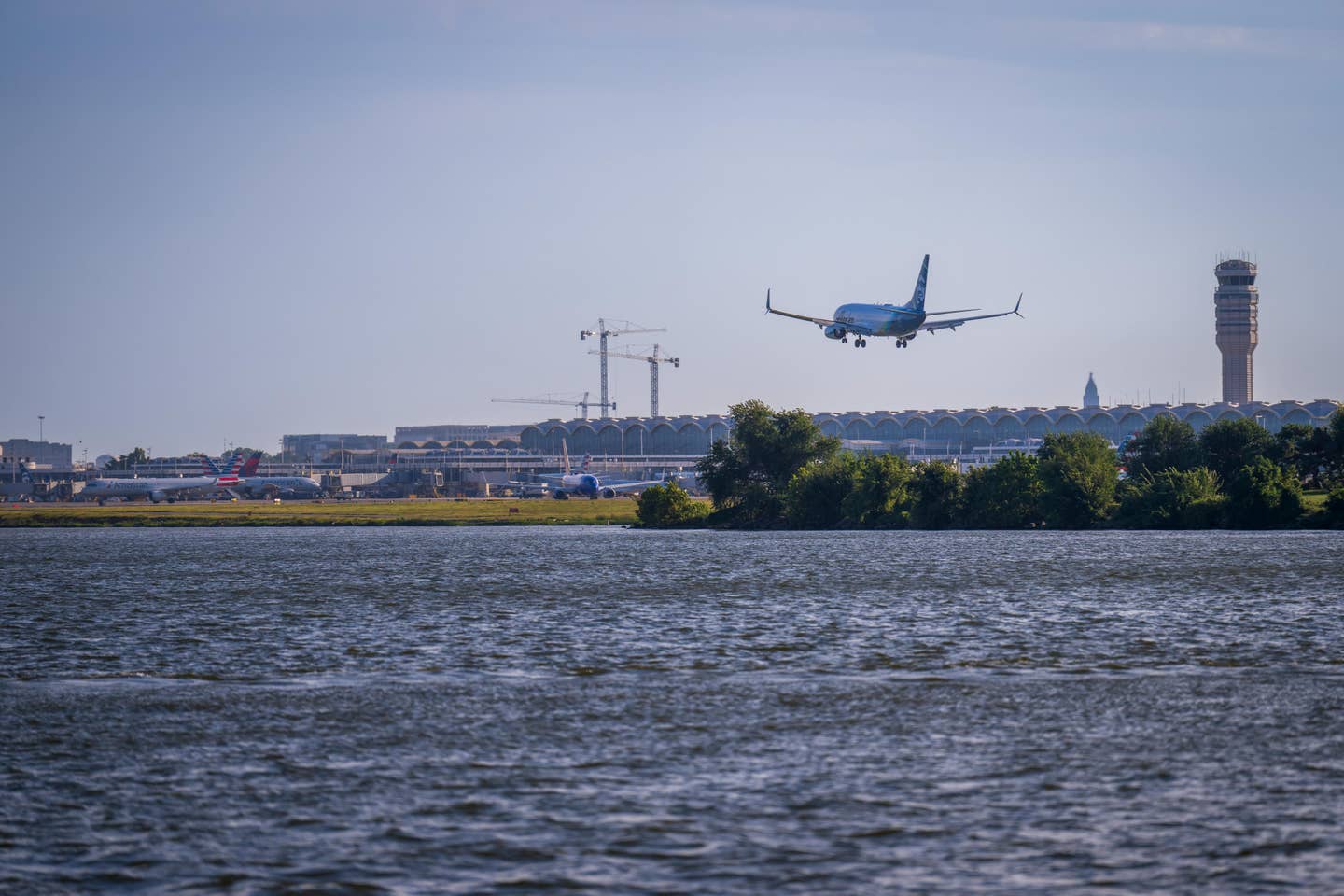
The FAA recently decided that federally funded Independence State Airport in Oregon could allow residents with adjacent property access to the airport. Recent rumbling about the legality of so called "through the fence" (TTF) agreements has many airport operators unsettled. The principle of TTF means that tenants of an off-airport property have access to the airport property, even though their real estate is not located on the airport itself. Sometimes the arrangement is with an aviation-related business that might have a hangar or ramp adjacent to the airport property. But often the arrangement is part of an airport residential community, sometimes known as an airpark. Homeowners have hangars attached to their houses and taxiways connect their properties to the airport (despite the generic term for the arrangement, usually there are no actual fences involved). If the airport is private, and does not accept federal funding, the restrictions on TTF access are moot. But if the airport is a public-use facility that has accepted federal funding, the Transportation Security Administration (TSA) has the prerogative to limit access in the name of security. At many such airports, TTF agreements have been written into leases or real estate deeds. So when the TSA recently announced plans to terminate TTF accessibility to public airports, it raised questions of the legality of the leases and deeds. The ruling in Oregon is a glimmer of light for those who have opposed the move to shut down TTF access.

Sign-up for newsletters & special offers!
Get the latest FLYING stories & special offers delivered directly to your inbox






